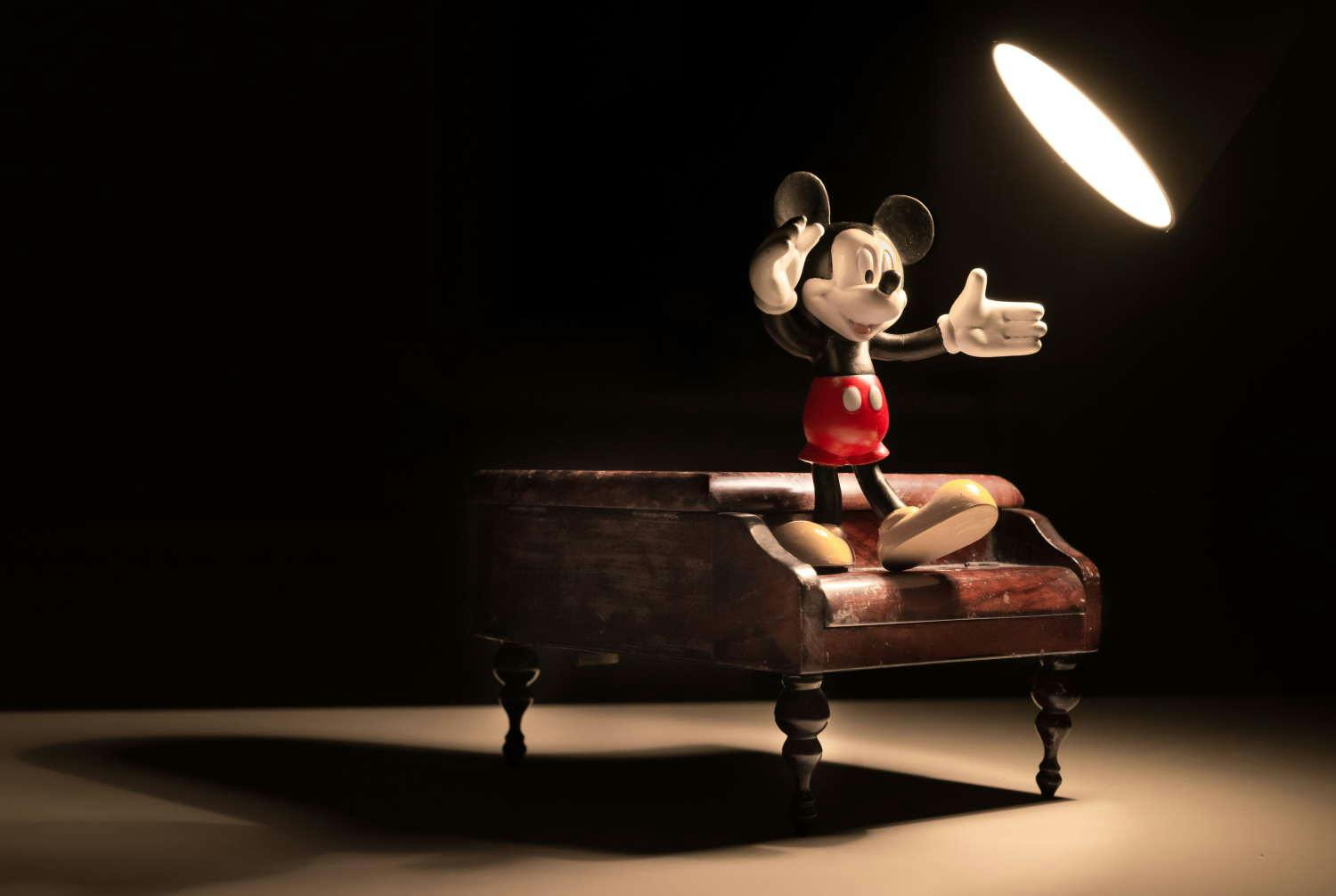Since he was first pencilled in 1928 by Walt Disney and Ub Iwerks, Mickey Mouse has been kept under strict copyright protection by Disney. Although copyright rules initially allowed 56 years of protection against use by unauthorized third parties, Disney has spent decades lobbying to have copyright protections extended so as to preserve control over its beloved rodent. In 1976, the Copyright Act was passed, which extended Disney’s protections from 56 to 75 years; in 1998, the Copyright Term Extension Act (sometimes referred to as the “Mickey Mouse Protection Act”), extended the protections for an additional 20 years, to 2024. It would be naïve to assume that Disney is not currently lobbying Congress for a new extension but, if Disney has given up, the persona of Mickey Mouse will finally enter the public domain, creating one of the largest vacuums of opportunity in the world of iconic characters.
The debate of copyright versus fair use has been around for as long as profiting from one’s creations has been an issue. The ability to protect property that generates profit is one of the cornerstones of most legal systems, which is why companies like Disney leverage the legal system to prevent any use by others. The argument in favor of copyright protection is that a creator should be able to determine how the creation is used, represented and profited from. However, once Disney loses its iron grip, other companies and artists will be permitted to use some (but not necessarily all) features of Mickey Mouse in their own creations (some of Mickey’s notable characteristics, like his gloves and caps, may remain protected), with many already gearing up to launch projects as soon as they can.
One such project, Free the Mouse, claims to be a generative fine-art initiative that will bring together academics, developers, researchers and collectors to coherently work towards a future of fair use protections. The team currently comprises 15 members from around the world who are looking to give collectors the ability to own a moment of history in an era where identity is being enmeshed with art, culture and value. We had the opportunity to chat with Walt Bizney, the founder of Free the Mouse, who revealed some details about the project. Participation in the project will require an application process so that the project is limited to individuals who demonstrate qualities that align with the cause. Interested candidates will go through a whitelisting candidacy process in order to determine one’s suitability for the project.
Free the Mouse shall initially release mint passes. Between the time of minting and final reveal, the artwork and metadata will evolve to tell the story of The Mouse’s escape until the final generative unique artworks are released on the day of copyright expiration in 2024. Walt was tight-lipped on artistic details they will incorporate, but shared that the project will be pulling inspiration from major cultural moments and global events since Mickey Mouse’s creation in 1928. Beyond creating a historic project, the team will work with the community to find ways to use the restorative power of fictional characters to alleviate trauma and inspire creativity—which brings us back full circle to the issue of fair use.
A large number of derivative fan projects in recent years have sought to respectfully use iconic characters or narratives in new ways to serve a particular community or subset of fans. However, fair use doctrines don’t adequately address the reality of derivative or generative uses. Companies like Disney and Nintendo are notorious for their swift takedown notices, even if no profit will be generated by a project. Continued dialogue between stakeholders is needed to find a way forward.


